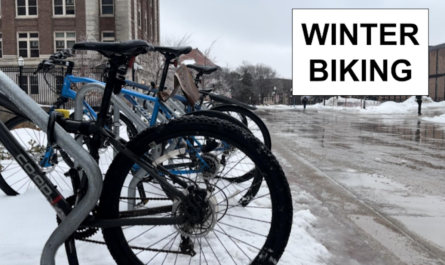
In March 2020, university students left for spring break only to be told instead of returning to campus, they would be learning remotely following the outbreak of the COVID-19 pandemic.
“All of a sudden it was like you can’t physically go into the building, so we just took an extremely abrupt pivot,” said University of Minnesota professor Enid Logan.
“None of us in this department thought online learning had educational value….but goodness so many things you can actually do online and do really pretty well,” said Logan.
Learning online became the new normal for students and staff. Since then Logan has included asynchronous learning days in her curriculum, something she did not do before the pandemic.
“Previously we might spend like 30 make up to 40 minutes in a 75 minute class watching a documentary together but then like post covid I’m like…there’s no need to do that like you don’t need to come into a room and sit with me and watch this. Watch it on your own time,” said Logan.
Learning online however, has its downsides.
” My mental health was not very good during the pandemic and it kind of got worse…high school, online school was just a big mess, but I’m doing better….I’m still dealing with some of the mental health implications from it. Some of the depression and anxiety that comes along with everything,” said second year university student, Henry Stafford.
Students and teachers alike have noticed a change in mental health concerns being expressed by students since the pandemic began.
“There were some other uh I think some other accommodations made for students just because it was a very trying time for everyone in terms of you could say the trauma of the pandemic or the mental health strain on, I think on students,” said Jonathan Anderson, a university instructor.
“People are very much more willing and open to say like I can’t make it to class, cause like, I got a lot of emails about like, this is just bad for me and my mental health, and so I can’t make it to class today like this is just bad for my mental health, and that’s pretty new. And I encourage that,” said Logan.
Masks can also put up a barrier in classrooms.
“I wear a mask while I teach, and even though I would like to not wear a mask, I do think that not being able to see my full face does kind of inhibit the connection I have with my students,” said Anderson.
An upside, according to Professor Logan, is that now instead of canceling classes for bad weather, they can just move online.
The universities current COVID guidelines are to mask in posted spaces, like healthcare facilities, and inform your instructor if you test positive.



